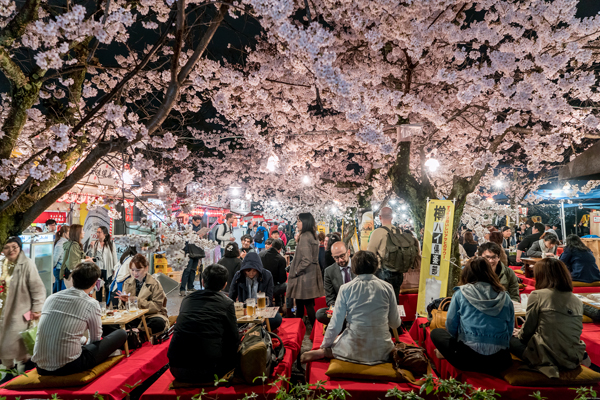
1. Understanding the Driving Culture
Driving in Kyoto, like most of Japan, is on the left side of the road. The roads are generally well-maintained and signage is clear, often in both Japanese and English. However, the streets in Kyoto can be narrow and crowded, especially in the city center and during peak hours. It’s also important to note that Japanese drivers are generally polite and law-abiding, but they also expect the same from other drivers.
2. Choosing the Right Car
Compact cars are recommended for driving in Kyoto due to the narrow streets and limited parking spaces. Hybrid or electric cars are also a good choice as Japan has numerous charging stations and these types of vehicles are more environmentally friendly.
3. Parking in Kyoto
Finding parking in Kyoto can be challenging, especially in the city center. Most parking lots are small and spaces are limited. Parking fees can also be quite expensive, especially for long-term parking. It’s often more convenient and cost-effective to use public transportation or bicycles for short-distance travel within the city.
4. Driving with an International License
Foreigners can drive in Japan with an International Driving Permit (IDP) for a maximum of one year. The IDP must be issued by a country that Japan has a mutual agreement with, and it must be accompanied by your valid driver’s license from your home country. After one year, you will need to obtain a Japanese driver’s license.
5. Obtaining a Japanese Driver’s License
Getting a Japanese driver’s license involves a written test and a practical driving test. If you have a valid driver’s license from a country that Japan has a mutual agreement with, you may be able to convert your license to a Japanese one without taking the practical test. The process can be complex and time-consuming, so it’s recommended to start early and seek assistance if needed.
6. Be Aware of the Traffic Rules
Japanese traffic rules may be different from your home country. For example, turning left on a red light is not allowed, and you must stop completely at stop signs. Speed limits are also strictly enforced, and penalties for drunk driving are severe. It’s important to familiarize yourself with the local traffic rules to ensure a safe and smooth driving experience.


